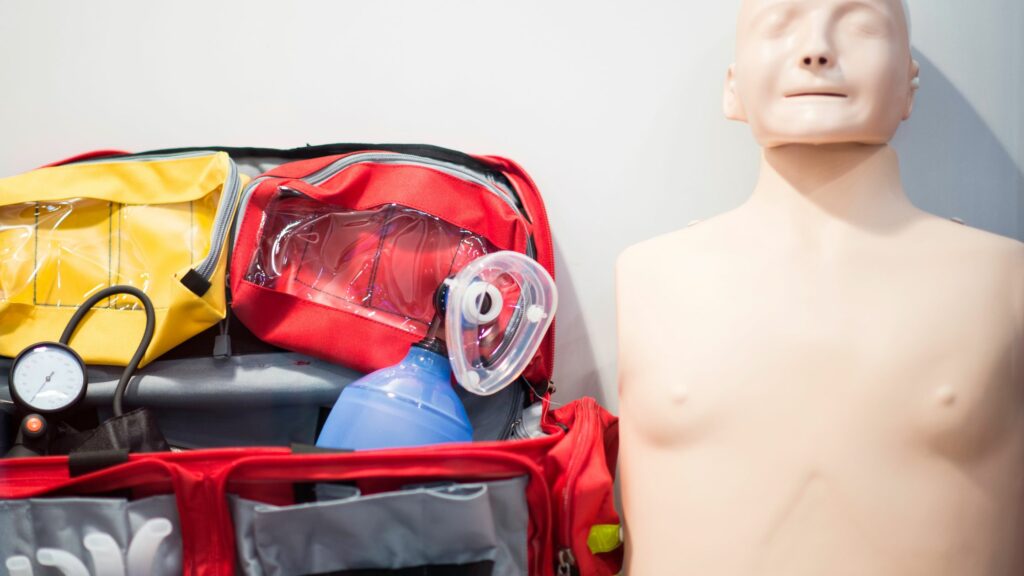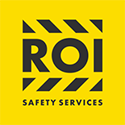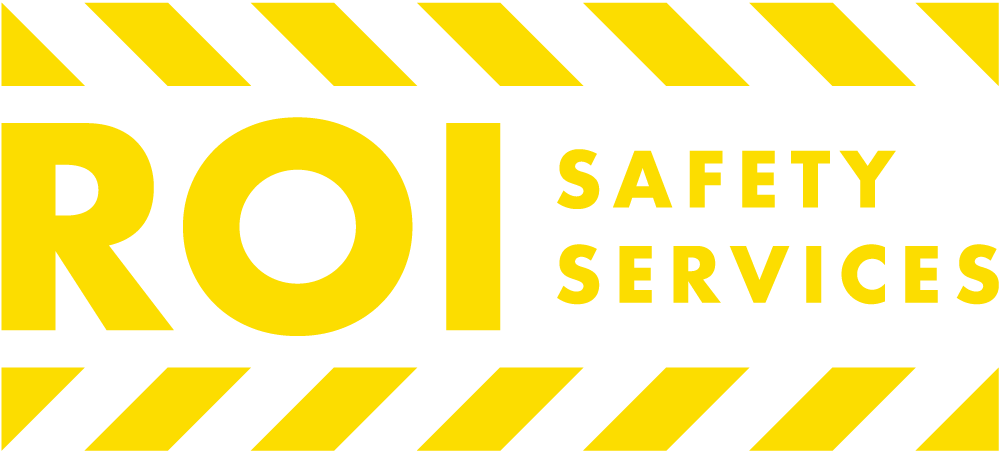CPR is an important skill, and everyone who needs it must know how to do it properly. CPR certification is important – it ensures that people can provide lifesaving assistance when needed. But how long does CPR certification last? And when should you get recertified?
Here’s everything you need to know about CPR certification, including how often you renew your certification card and what you need to do to keep your skills up-to-date after a CPR class.

How Long Does CPR Certification Last?
There’s nothing scarier than watching a friend, family member, or colleague suffering a heart attack. It’s a lot worse when all you can do is stand by helplessly, not knowing what to do. Fortunately, you never have to be in this position when you pursue CPR training.
The Occupational Safety and Health Administration (OSHA) recommends that every workplace have one or more CPR-trained first aiders. If you have signed up for this training program, you might wonder what to expect.
In this post, we’ll discuss all you need to know about CPR class and what you will learn throughout your training.
What Is CPR Training?
Before we discuss what you can expect to learn, it may be helpful to understand CPR training.
When a person’s breathing or heart rate has stopped due to an emergency, such as a near-drowning or a heart attack, cardiopulmonary resuscitation (CPR) can help preserve their life.
Preparing for unforeseen and tragic circumstances is the main focus of CPR training classes. The practice provides the knowledge and abilities required to handle life-threatening events.
First aid and CPR classes cover several lifesaving techniques. CPR is used on those who have had a cardiac arrest and cannot breathe independently. First aid, on the other hand, assists someone who has been injured.
What Do You Do During Training?
There are two parts to CPR training. The first is theoretical and deals primarily with learning safety rules, identifying someone in cardiac arrest, and more. You will also put the theory you learn into practice during the practical component of your training course.
To better understand what this training encompasses, we’ll discuss these two aspects in greater detail.
1. Learning Theory
Before practicing chest compressions, it is important to first learn about CPR and how to do it safely. Here are some of the topics that will be covered during CPR class:
The Basics
A thorough overview of Cardiopulmonary Resuscitation and its various types is provided in the program. Participants in the training understand what CPR is and what it attempts to accomplish.
It covers the theory underlying the delivery of chest compressions. Additionally, you learn how CPR helps save lives by reviving respiration and blood circulation.
Your Role in Cardiopulmonary Resuscitation
Information about the role you will play is covered in CPR courses. During the training, you are guided through the warning signs to look out for in people with heart disease. You will also learn how to evaluate non-responsive people.
Safety
The training also covers the common safety steps needed in an emergency, warning trainees about the value of taking precautions for their own personal safety when responding to emergencies.
You will explore the precautions that must be taken, such as using safety barriers when responding to emergencies.
Good Samaritan rules and regulations and the survival chain are also taught during these classes, and trainees are taught how to work well in a team to handle an emergency effectively.
Once these topics have been covered, it’s time to learn how to do it yourself with practical training.
2. Putting Theory into Practice and Learning Essential CPR Skills
Nothing compares to hands-on learning to complement your course. While classroom and textbook learning is fantastic, it often falls short.
Practicing CPR
You will have the chance to perform CPR with rescue respiration, using a defibrillator and acting as a member of a two-rescuer team as part of your CPR training.
Revising the Relevant First Aid Training
Your trainer will also review your prior knowledge of first aid, covering topics such as how to use an EpiPen, evaluate a patient, and manage to bleed. Moreover, you’ll learn the differences between conducting CPR on an adult and children and infants.
Understanding What You Can and Cannot Do with CPR
During your training, you’ll learn the facts and skills required to assist someone in need, but you’ll also become more aware of your limitations. A significant part of developing confidence is understanding what you can and cannot achieve.
Your responsibility is to assist someone hurt or ill and to ensure their safety until more skilled medical assistance can be provided.
The Skills You Will Learn in CPR Class
Here is a summary of the essential skills you will learn throughout your training:
- How to perform one-on-one CPR
- Performing CPR with rescue breaths
- Working as a team to revive a sufferer
- How to administer shock using an automated external defibrillator (AED)
Who Needs CPR Training?
Healthcare workers, rescue personnel, and public safety workers aren’t the only ones that need to be trained in CPR and first aid.
Whether you wish to study the fundamentals of lifesaving techniques or require a certificate to meet job requirements, the good news is that anyone can pursue this training.
A basic understanding of CPR and basic first aid is also needed for law enforcement officers, security staff, nurses, caregivers, lifeguards, daycare workers, flight attendants, correctional officers, and teachers.
Pursue Your CPR Training with ROI Safety Services
CPR training is intended to equip trainees with the knowledge and skills they need to respond in an emergency and preserve life until help arrives. It’s an essential certification in many professions. Still, just about anyone can pursue it to add to their resume and ensure they know what to do when the unthinkable happens.
However, choosing a reputable, OSHA-compliant training institution that provides a comprehensive training program is essential. You can turn to ROI Safety Services for all your health and safety training!
Here’s what you’ll learn when you pursue onsite training with us:
- Activating the EMS systems
- Automated External Defibrillator (AED)
- Identifying cardiac arrest
- Performing practical skills
- Heart Attacks – recognizing signs & systems
- Performing obstructed airway procedures for unconscious & conscious people
- Administering artificial respiration / “one rescuer” CPR techniques
If you require more information about our CPR & First Aid training course or would like to make a booking, please get in touch with us!

